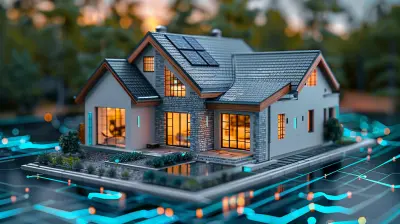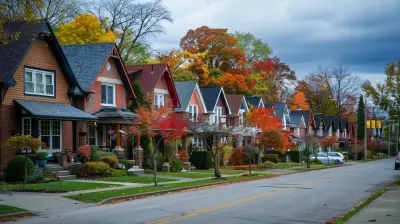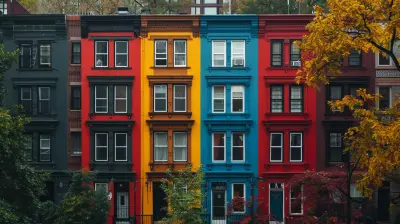The Rise of Carbon-Neutral Homes: What You Need to Know
14 October 2025
Let’s face it — the real estate game is changing, and not just on the numbers front. Today, buyers aren’t just checking square footage and countertops. They're asking things like, “What’s the home’s carbon footprint?” or “Is this property energy efficient?” Welcome to the new era of living: the rise of carbon-neutral homes.
If you’ve been hearing the term "carbon-neutral homes" buzzing around and you’re still not 100% sure what that really means—or why it's creating waves in real estate—you’re in the right place.
Let’s break it all down in simple terms.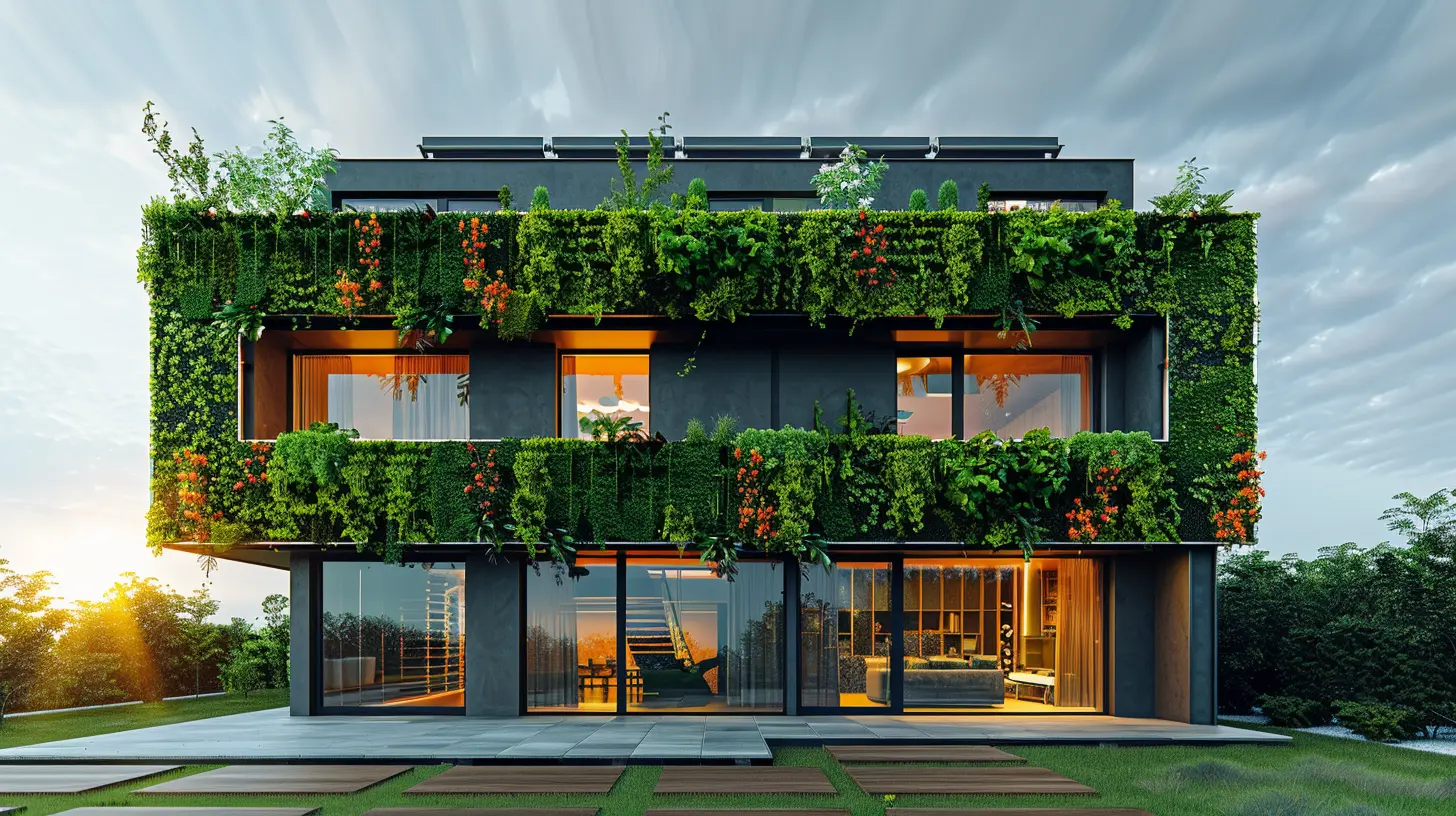
What Exactly Is a Carbon-Neutral Home?
Picture this: a house that lives in harmony with the environment. That’s the idea behind a carbon-neutral home.To put it simply, a carbon-neutral home is designed and built in a way that it produces zero net carbon emissions. The energy it uses (to heat, cool, power appliances, etc.) is either super minimal, super efficient, or entirely offset by renewable energy sources like solar or wind. In other words, it's a home that gives back what it takes.
Think of It Like This...
Imagine a home that’s so efficient it hardly needs any energy. Whatever little energy it does use, it gets from clean, renewable sources—like getting water from a rain barrel instead of the tap. It’s like your home is on an eco-diet.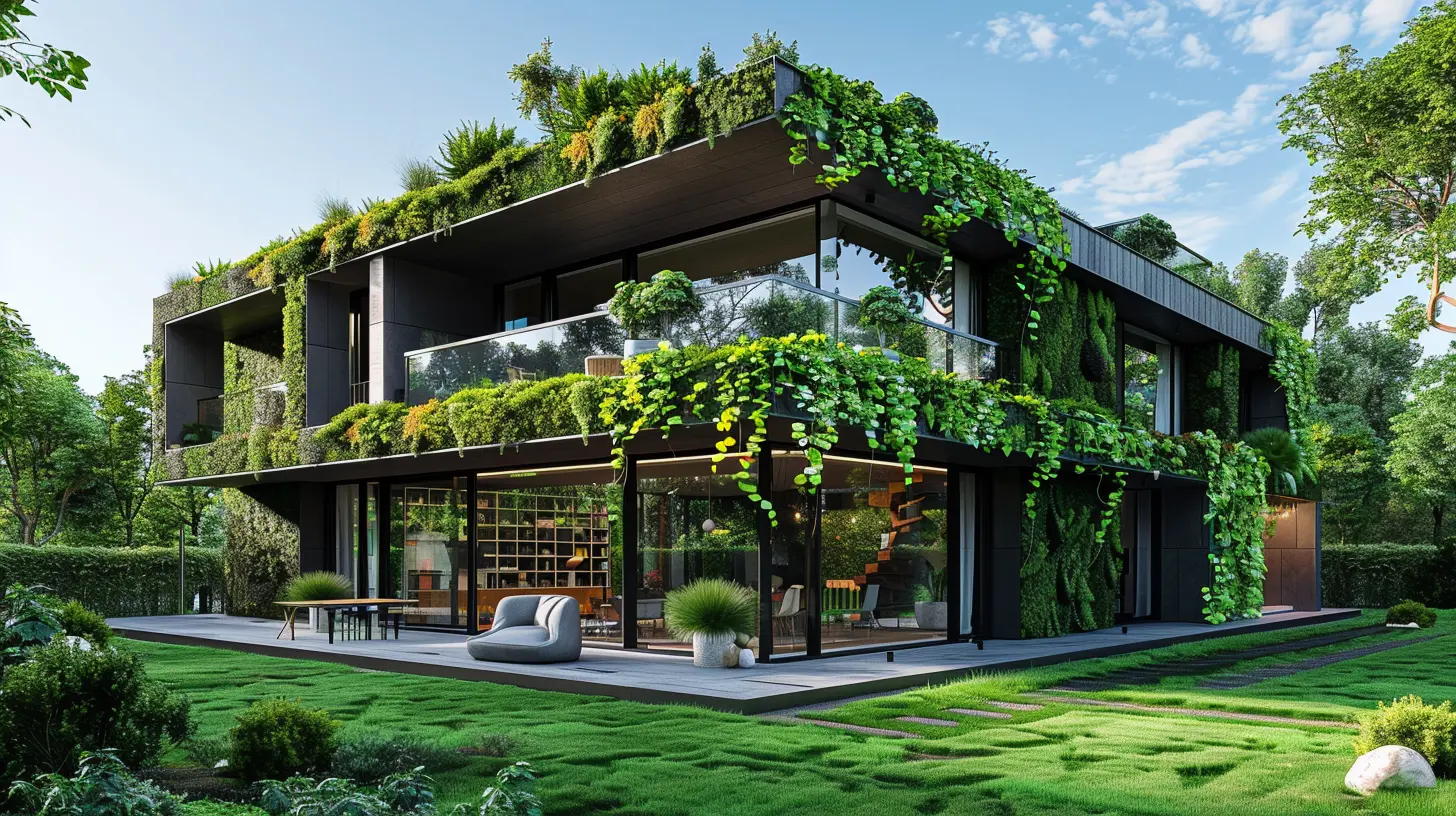
Why Are Carbon-Neutral Homes Becoming So Popular?
In the past, homes that boasted solar panels or eco-toilets were seen as niche or even kind of “out there.” But times have changed. Today, carbon-neutral homes are the new status symbol—and not just for tree-huggers.Here’s why this trend is blowing up:
1. Climate Change Is Real (And People Care)
Global warming isn’t a myth, and many people are stepping up to reduce their personal impact. A carbon-neutral home is one powerful way to do that—kind of like driving an electric car, but way bigger.2. Energy Bills Are Sky-High
Let’s be honest: nobody enjoys that monthly electric bill, especially when it spikes during winter or summer. Carbon-neutral homes are built to be energy efficient, which translates to much lower utility bills. Who wouldn't want to save hundreds or even thousands every year?3. Government Incentives Don’t Hurt
Governments around the globe, especially in the U.S., Canada, and EU countries, are offering tax perks, grants, and rebates for sustainable housing. That’s free money to go green. Win-win.4. Resale Value? Through the Roof
Green homes are hot commodities. Buyers are willing to pay a premium for features like solar panels, energy-efficient windows, and low-energy appliances. That means if you ever decide to sell, your carbon-neutral home could fetch a higher price—and faster.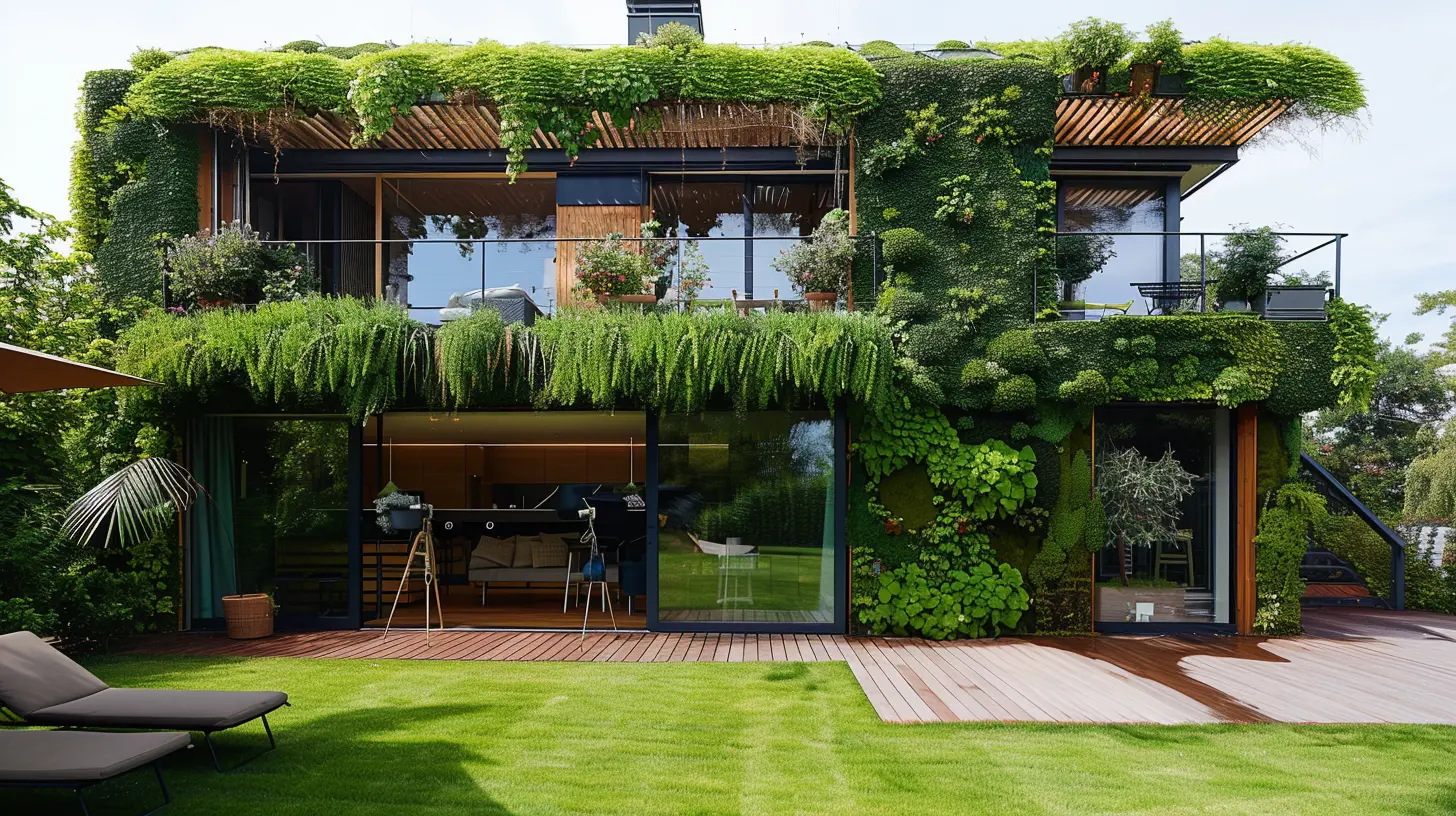
Critical Features of a Carbon-Neutral Home
So what actually makes a home carbon-neutral? It’s not just about slapping a couple of solar panels on the roof and calling it a day. Here's the full toolkit behind these ultra-efficient dwellings:1. Energy-Efficient Design
It starts with the blueprint. Carbon-neutral homes are often designed to:- Maximize natural light (to reduce lighting needs)
- Use passive solar heating (smart window placement)
- Insulate like a dream (walls, floors, roofs—sealed tight)
- Avoid air leaks (bye-bye drafts)
2. Renewable Energy Sources
Solar panels are the most common here, but depending on the geography, some homes also tap into:- Wind turbines
- Geothermal heating
- Hydroelectricity
Any energy used is either generated on-site or offset somehow (we’ll get to that in a bit).
3. Smart Technology
Ever heard of a "smart home"? Carbon-neutral homes are smart homes with a mission. They include:- Smart thermostats that learn your habits
- Energy monitoring systems
- Automated lighting and appliances
- EV chargers in the garage
These tools help you avoid wasting energy without lifting a finger.
4. Sustainable Materials
The construction materials matter too. Many carbon-neutral homes are built with:- Recycled metal or wood
- Bamboo flooring
- Reclaimed timber
- Low-VOC paints and finishes
- Concrete alternatives like hempcrete
It’s like building a home with the planet in mind from the ground up.
5. Water Conservation Systems
Energy isn’t the only resource being saved here. Water-saving features include:- Low-flow toilets and faucets
- Rainwater harvesting systems
- Greywater recycling setups
They help keep your water consumption (and bills) low.
6. Offsetting Carbon Emissions
Not all homes can go entirely zero on their own. In such cases, homeowners can purchase carbon offsets — think of it as planting enough trees to compensate for your home’s emissions.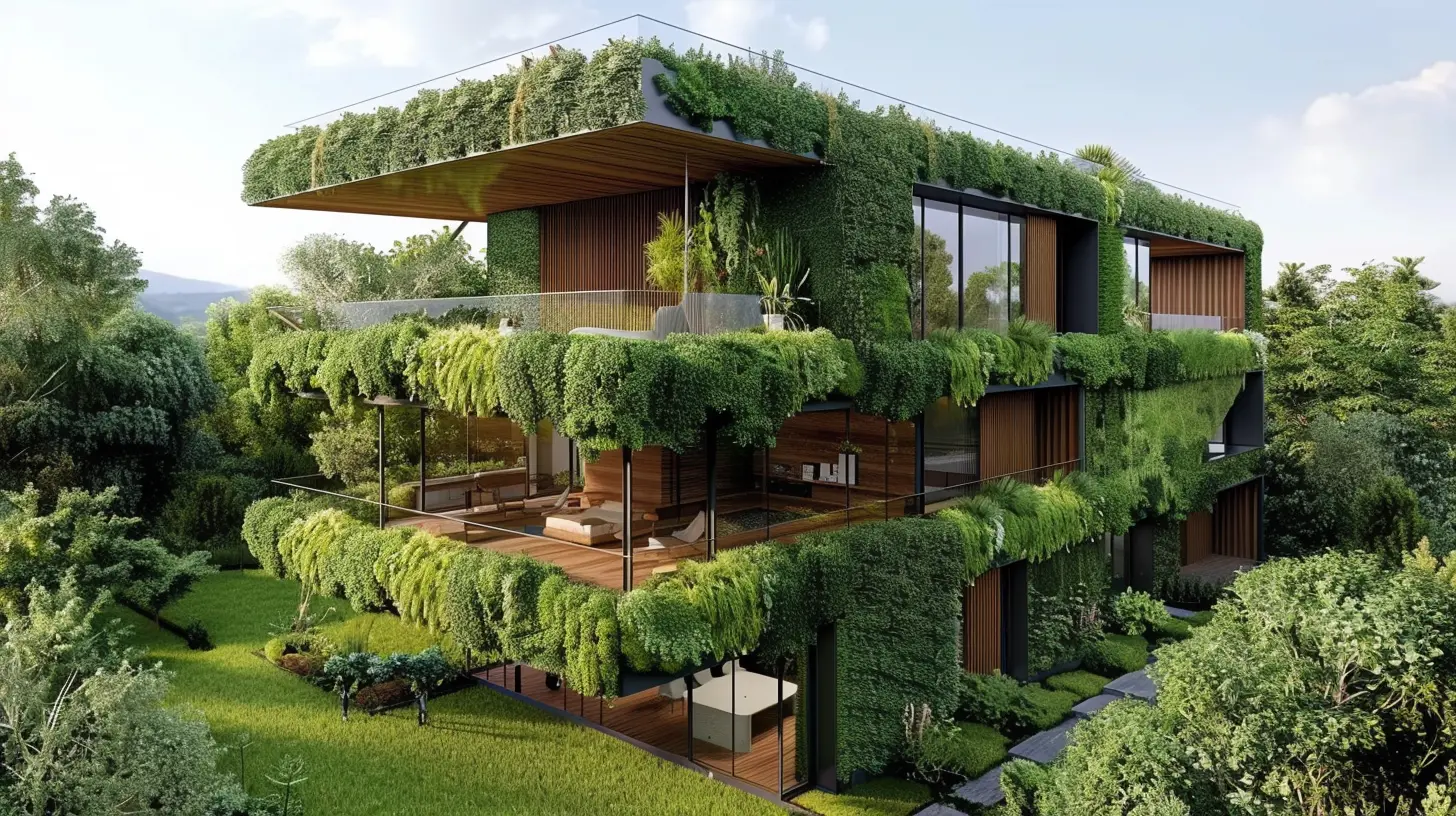
The Cost Factor — Are Carbon-Neutral Homes Expensive?
Here’s the million-dollar question (pun intended): are carbon-neutral homes more expensive?Short answer: Yes upfront, but not necessarily in the long run.
Initial Investment
You might pay more for things like:- Solar panels
- High-quality insulation
- Energy-efficient windows
- Smart home systems
And yes, the sticker shock can be real. Think: 5–30% more than standard homes.
Long-Term Savings
But the beauty of a carbon-neutral home is in the savings over time. Lower energy bills, federal or local tax credits, and increased resale value mean you’ll likely earn that money back—and then some.Think of it as buying in bulk from Costco. Yeah, it costs more up front, but you save tons in the long haul.
Benefits of Living in a Carbon-Neutral Home
Besides saving money and saving the Earth, what else is in it for you?Here’s the feel-good list:
- Healthier indoor air quality
- Fewer toxins and allergens
- Quieter interiors
- Lower maintenance costs
- Peace of mind you’re making a difference
It’s like living in a better version of your current home. What’s not to love?
Are Carbon-Neutral Homes the Future of Real Estate?
All signs point to yes.Cities around the world are adopting stricter energy codes. Big builders are jumping on board. And with climate change knocking on our doors (sometimes literally), it’s becoming clear: carbon-neutral isn’t just a buzzword—it’s a blueprint for the future.
Trends to Watch
- Net-Zero Communities: Entire neighborhoods built with carbon-neutral principles.- Green Mortgages: Loans that reward you for buying or building green.
- Regulatory Changes: More building codes will soon require carbon-neutral construction.
How to Start Your Journey Toward Carbon Neutral
Feeling inspired? Good news: You don’t have to tear your house down and start from scratch.Here’s how to dip your toes in the carbon-neutral pool:
Simple Upgrades
- Switch to LED lighting- Add a smart thermostat
- Seal up drafts
Bigger Changes
- Install solar panels- Upgrade insulation
- Replace old HVAC systems
Full-On Commitment
- Design or buy a carbon-neutral home- Use renewable building materials
- Install comprehensive energy monitoring systems
You’ve got options—choose the path that fits your budget and lifestyle.
Final Thoughts
The rise of carbon-neutral homes isn’t just another trend—it’s a movement. It’s about building smarter, living cleaner, and making choices that matter. Whether you’re looking to buy, sell, build, or upgrade, the carbon-neutral path offers real benefits for you and the planet.The real question is: are you ready to live in the home of tomorrow, today?
Because the future of real estate? It’s green, clean, and carbon-neutral.
all images in this post were generated using AI tools
Category:
Sustainable HousingAuthor:

Travis Lozano
Discussion
rate this article
1 comments
Renee McPherson
Exciting times ahead! Embracing carbon-neutral homes not only helps our planet but also boosts property values. Let's build a greener future together!
October 20, 2025 at 4:21 AM

Travis Lozano
Thank you! Embracing carbon-neutral homes is key to a sustainable future and can indeed enhance property values. Let's continue to advocate for greener living!
